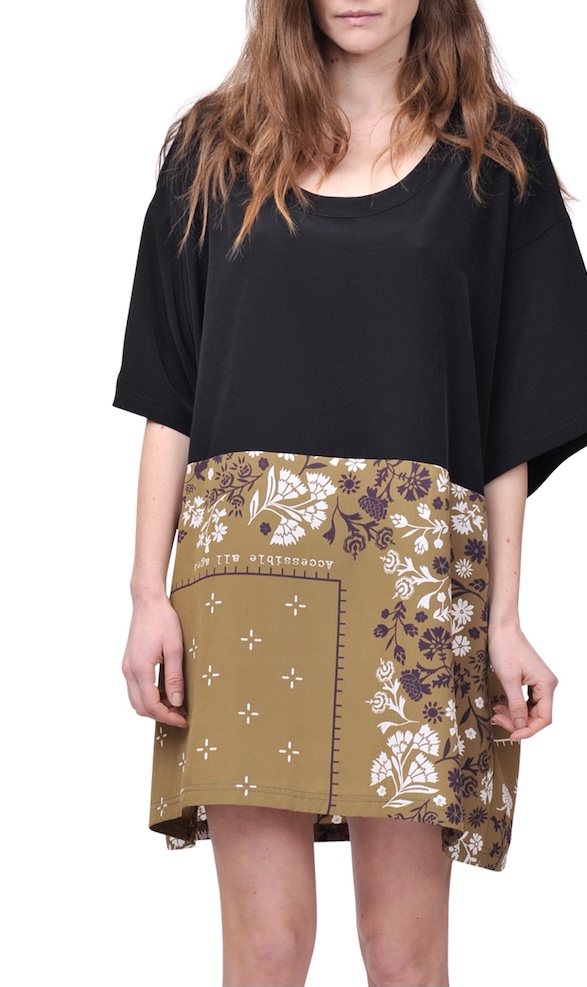Call it common sense
Common sense is the non-trendy term for sustainability. In other words, what people call sustainability, we call it common sense.
It is interesting to analyse the notion of sustainability and when it came out, what kind of change it brought up, or what new necessity has awakened. The concept of sustainability was born around the end of the ’80s. Some individuals realised that intense exploitation endangered our planet and future generations’ lives.
Back to the past
If we dig deep into our traditions, we discover that what we call sustainability now was for our grandparents just their way of living. It was their intentional choice, determined by necessity and contingency. But also by being aware of the value of goods, an understanding that each object or garment had specific properties and purpose. Manufacturing offered durable products therefore, almost nothing was wasted. Moreover, for them, objects had a second life.
There was a shared sense of respect, and life didn’t revolve only around consumption.
That’s the education our parents received, but no slogan framed that simple way of life.
Then came the time when fascinated by the consumerist mindset, our parents gave up on their education. Neurotic habits replaced a thoughtful lifestyle. A new ego-centred vision in which we believe we can dispose of nature or people the same as we do with the things we buy. Everything is at our feet – consume and throw away.
We have lived as if nature’s resources were infinite, let’s be honest about it. A very few people questioned it in the past, not the CEOs of corporations for sure.
Sustainability or common sense?
Eventually, we realised that resources are finite, and the world in thirty years will be unlivable. So here comes the term sustainability, sold as the discovery of a new meaningful lifestyle (the one we forgot about).
Well, there’s nothing new. What you call sustainability is just common sense.
Call it common sense Read More »
